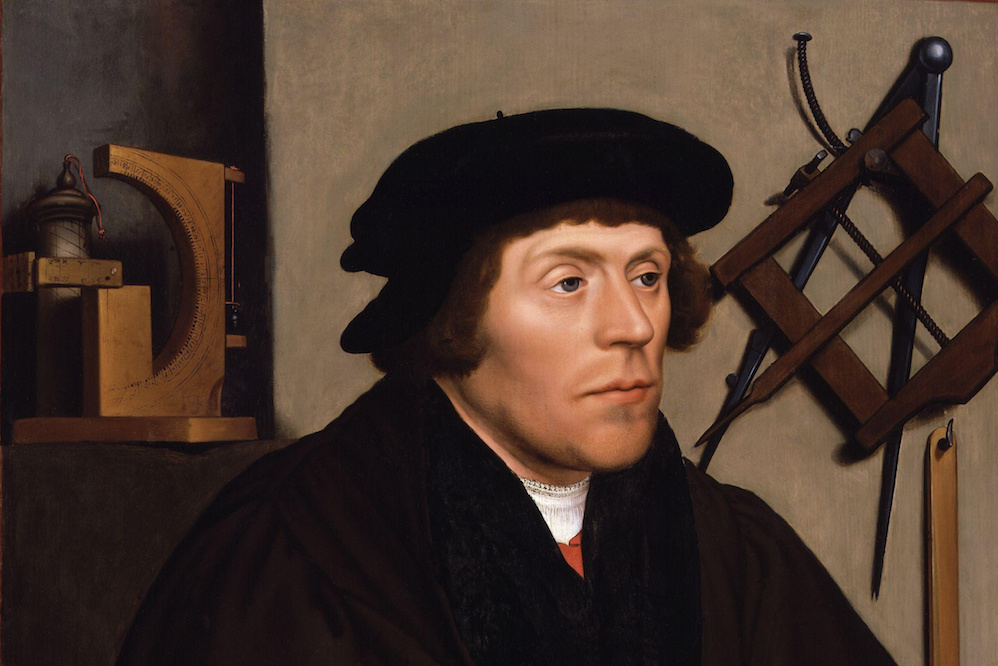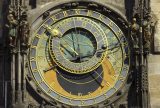When Numeracy Superseded Literacy—and Created the Modern World
The Renaissance’s Embrace of Numbers Revolutionized Commerce, Science, and Art
In 1025, two learned monks, Radolph of Liége and Ragimbold of Cologne, exchanged several letters on mathematical topics they had encountered while reading a manuscript of the sixth-century Roman philosopher, Boethius, whose writings supplied one of the few mathematics sources in the Middle Ages. These monks were not mathematicians, but they were inquisitive and keen to further their learning. They pondered Boethius’ words. They struggled. In particular, they puzzled over the theorem that the interior angles of a triangle were equal to two right angles. “Interior angles” of a triangle? …






